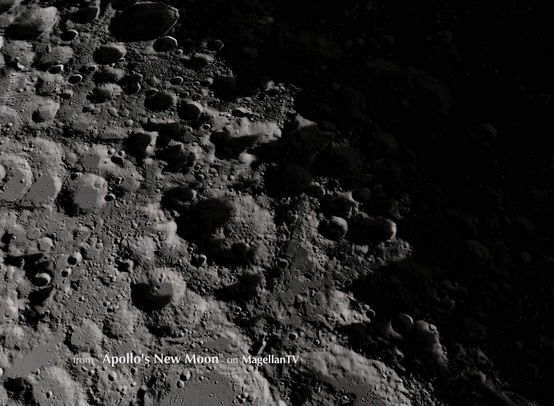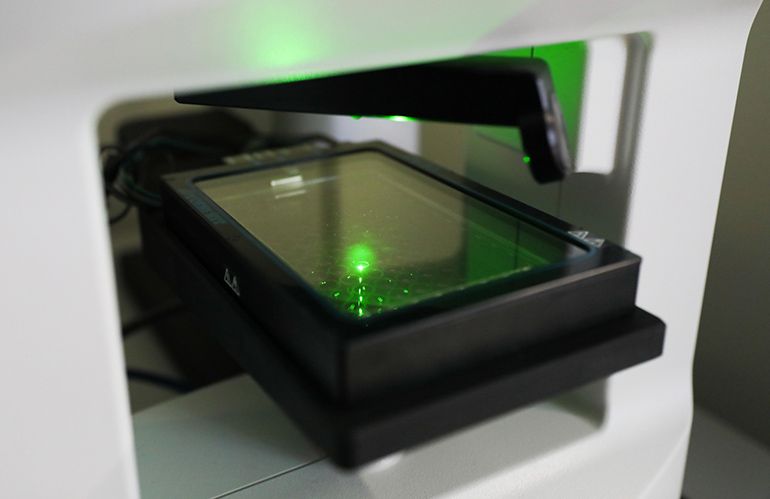Via World Economic Forum
It’s a clean and viable replacement for fossil fuels in transport, energy storage and power-to-gas applications. But public doubts around hydrogen safety are contributing to the delay in its adoption around the world.


It’s easy to take time’s arrow for granted — but the gears of physics actually work just as smoothly in reverse. Maybe that time machine is possible after all?
An experiment earlier this year shows just how much wiggle room we can expect when it comes to distinguishing the past from the future, at least on a quantum scale. It might not allow us to relive the 1960s, but it could help us better understand why not.
Researchers from Russia and the US teamed up to find a way to break, or at least bend, one of physics’ most fundamental laws on energy.

(21 Oct 2017) LEADIN:
Forget plugging in to charge up your new electric car, engineers are now working towards a future where you never need to plug in ever again.
That’s some time off, but a new generation of batteries is being designed to power the latest electric cars, from high energy cells to power sports models to those that power over long distances.
STORYLINE:
Electric cars are no longer concepts kept in top secret bunkers at a car manufacturers research unit.
Nor are they a seen as four wheeled status symbols of the wealthy elite.


Nanolive, a spinoff company of École polytechnique fédérale de Lausanne (EPFL) in Switzerland, has just introduced a holographic microscope that can image live cells at high resolution over extended time periods.
Nanolive’s CX-A device relies on a low energy light beam to penetrate the sample, which does not interfere with internal cell activity. At every exposure, the system creates a 3D dataset of the sample, down to resolutions below 200 nanometers, which it can do repeatedly for hours at a time. Since entire 96-well plates can be imaged by the microscope, 96 individual experiments can be performed at once.
The system requires no cell preparation such as staining and doesn’t cause any phototoxicity or photo-bleaching in the samples.

ABERDEEN PROVING GROUND, Md. — Army officials announced the exclusive licensing of a new technology designed to harvest hydrogen from an aluminum alloy powder and any fluid that contains water.
“This is on-demand hydrogen production,” said Dr. Anit Giri, a materials scientist at the U.S. Army CCDC Army Research Laboratory at Aberdeen Proving Ground, Maryland. “Utilizing hydrogen, you can generate power on-demand, which is very important for the Soldier.”
Army researchers discovered a structurally-stable, aluminum-based nanogalvanic alloy powder in 2017, which reacts with water or any water-based liquid to produce on-demand hydrogen for power generation without a catalyst.
A group of islands halfway between Australia and Hawaii have been found to contain deadly levels of radiation, 1000 times higher than toxic sites of stricken nuclear power stations at Chernobyl and Fukushima.
The Marshall Islands in the central Pacific Ocean were once an idyllic tropical paradise before they were hit with more than 60 nuclear bombs during testing carried out by the United States between 1946 and 1958.
Locals were forced to flee their homes after they were hit with bombs and decades later nuclear waste is now flowing into the water.

(Natural News) A series of incidents that have occurred in close proximity to each other over the past several days are leading many to believe that technology is failing society and that U.S. infrastructure is collapsing faster than previously believed.
On Saturday, a wide swath of Manhattan’s West Side was plunged into darkness for several hours, and the electric company officials responsible for providing the power — Con Edison — are not sure why the failure occurred.
As reported by the New York Post, the company said in a statement late Sunday morning that it “will be conducting a diligent and vigorous investigation to determine the root cause of the incident.”